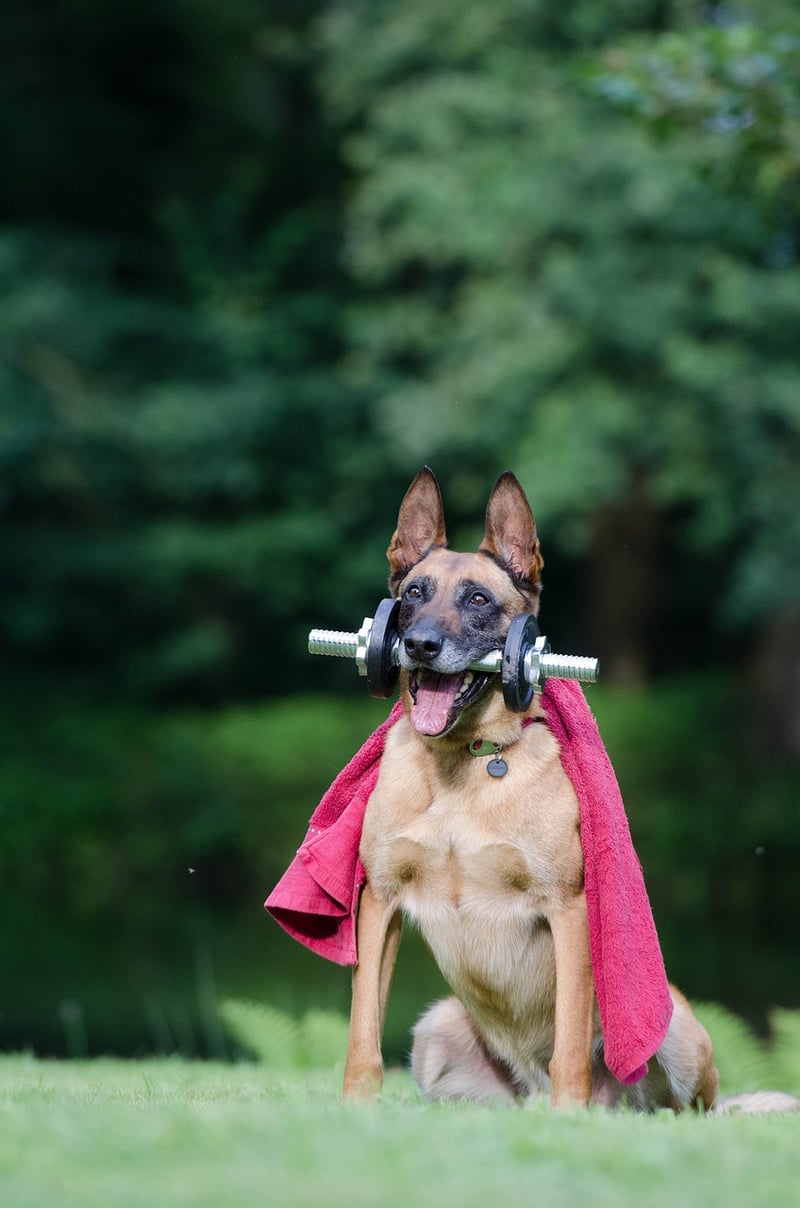Composition Tricks
Master Your Underwater Shots + Composition Tricks
Underwater photography can be a fascinating and challenging endeavor. Whether you're a beginner or a seasoned underwater photographer, mastering the art of capturing stunning shots beneath the surface requires both technical skills and creative vision. In this article, we'll explore some composition tricks and tips to help you elevate your underwater photography game.
1. Lighting is Key
Light behaves differently underwater compared to on land. To make the most of your underwater shots, pay attention to the angle and quality of light. Aim to shoot during the golden hours for softer, more flattering light. Additionally, consider using strobes or video lights to add light and colors to your subjects.
2. Get Close and Fill the Frame
Water tends to reduce contrast and sharpness in photos due to particles and plankton in the water. To combat this, get as close to your subject as possible and fill the frame. This helps reduce the amount of water between you and your subject, resulting in clearer and more vibrant images.
3. Use Leading Lines and Negative Space
Composition plays a significant role in photography, even underwater. Use leading lines such as coral reefs, kelp forests, or even the natural curves of marine life to guide the viewer's eye through the image. Embrace negative space to create a sense of balance and highlight your main subject.
4. Experiment with Angles and Perspectives
Don't be afraid to experiment with different angles and perspectives to add interest to your underwater shots. Try shooting from below looking up, getting eye-level with your subject, or incorporating split-level shots that capture both the underwater world and the surface.
5. Patience and Practice
Like any form of photography, mastering underwater shots takes patience and practice. Take the time to familiarize yourself with your gear, practice different techniques, and learn from your successes and mistakes. The more you shoot underwater, the better you'll become at capturing compelling images.
6. Explore Post-Processing Techniques
Post-processing can enhance your underwater images further. Experiment with adjusting white balance, contrast, and color saturation to bring out the beauty of the underwater world. Just remember to keep your edits natural and true to the scene you captured.
With these composition tricks and tips in mind, you're well on your way to mastering underwater photography. Remember to stay safe, respect marine life, and have fun exploring the breathtaking world beneath the surface!

For more inspiration and guidance on underwater photography, check out our Underwater Photography Guide.
